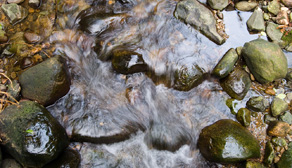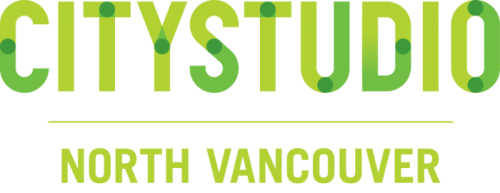
How can we better educate the public about sustainable practices to support the local streams and fish habitats health?
Term: Fall 2021
Department: Outdoor Recreation
Course: CMNS 154: Communications
Instructor: Masaji Takei
Staff contact: Frances Ramsay, Environmental Technician, CNV
Project Primary Objective: To engage and promote awareness in the public of the water systems in the City of North Vancouver and the importance of making sustainable choices when disposing of wastewater.
Course Goals Pertaining to CityStudio Project:
- The students will have produced a proposal document and other written collateral for a real client in a real-world situation.
- Students will conduct primary research: interviews and surveys.
- Students will make a pitch presentation to their client.
- The students themselves will become more aware of an important environmental issue that affects us all.
Project Description: Storm drains collect water runoff from everywhere in the urban environment, including homes, roads, parking lots and developments. This water flows directly into streams untreated. It often contains harmful contaminants that can damage fish and their habitats. Common contaminants include cleaning products, fertilizers, paints, oil, and chlorinated water. Because the contents of storm drains are not treated before entering City streams and the Burrard Inlet, we need to keep storm drains clear of contaminants. Many people are unaware of where their water goes and how to correctly dispose of liquid wastes.
Each group will conduct a research project to identify knowledge gaps in community understanding of water systems and wastewater disposal. Students may want to survey local businesses, engage with people in the community or interview people in a park. Deliverables will include a proposal with recommendations to the City on how to better engage and educate the community as it relates to the research topic. Depending on the scope of the project, groups may include a communication plan and possible *communications materials to address the identified knowledge gap(s).
City Strategy and Goal Area:
- Council Strategic Plan
- A Livable City leads the way in climate action and acts as a steward of the environment for future generations.
- Implement new climate adaptation and environmental improvement measures (including accelerating the expansion of the urban tree canopy and enhancing habitat to augment ecosystem services)
- A Livable City leads the way in climate action and acts as a steward of the environment for future generations.
- Official Community Plan 2014
- Goal 4.2: Measure, maintain and improve long-term ecosystem health.
- Goal 4.2.11 Reduce the density and distribution of invasive species to protect biodiversity and ensure public safety
- Goal 4.3: Engage the community to promote more sustainable behaviours.




